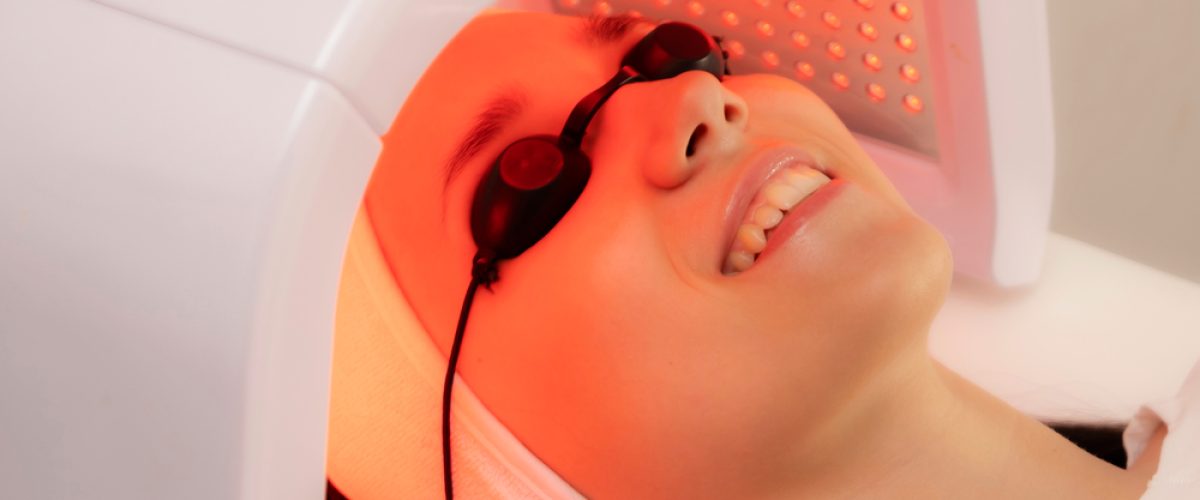When you hear, “Red light therapy,” do you think of a sauna room? If so, then this article is for you. While red light therapy can be relaxing, it’s primary purpose is to boost your health.
The frequencies in red light stimulate your skin and your cells, which leads to faster healing and improved well-being. This technology can even reduce symptoms of numerous conditions. In this article, we will explore five conditions that respond well to red light therapy and show you the potential benefits of this innovative treatment.
And no, we are not talking about tanning beds, either. Tanning beds expose your skin to harmful UV radiation. Red light therapy uses light that exists in safe frequency ranges. There is no risk for UV exposure at Alpine Medical.
Alpine Medical is currently the only provider of red light therapy in Pagosa Springs. Schedule an appointment and give us a try.
Conditions that Respond Well to Red Light Therapy
- Skin Health and Wound Healing
One of the most well-established applications of red light therapy is in the realm of skin health and wound healing. Red light therapy has been shown to accelerate the healing process of various types of wounds, including cuts, burns, and surgical incisions. The red and near-infrared light penetrates the skin, stimulating the production of collagen and elastin fibers, which are essential for skin regeneration. Additionally, it helps reduce inflammation and oxidative stress, further aiding in the recovery process.
Moreover, red light therapy has demonstrated its effectiveness in treating skin conditions such as acne, eczema, and psoriasis. By targeting inflammation and promoting tissue repair, it can help alleviate symptoms and improve the overall appearance of the skin. Many individuals have reported significant reductions in acne breakouts and redness after consistent red light therapy sessions.
- Pain Management and Inflammation
Chronic pain affects millions of people worldwide, often resulting in reduced quality of life and reliance on pain medications. Red light therapy offers a drug-free and non-invasive approach to pain management. It works by increasing blood flow to the affected area and reducing inflammation, leading to pain relief.
Conditions that respond particularly well to red light therapy for pain management include arthritis, fibromyalgia, and musculoskeletal injuries. The therapy’s ability to stimulate the production of endorphins, the body’s natural painkillers, contributes to its pain-alleviating effects. Many individuals find relief from joint pain, stiffness, and muscle soreness with regular red light therapy sessions.
- Hair Loss and Hair Regrowth
Hair loss, whether due to aging, genetics, or medical conditions, can be a source of distress for many individuals. Red light therapy has gained attention as a potential solution for hair loss and hair regrowth. The therapy promotes blood circulation to the hair follicles, delivering essential nutrients and oxygen to support hair growth.
Clinical studies have shown that red light therapy can be effective in increasing hair density and thickness. It is often used in conjunction with other hair loss treatments to enhance their results. Individuals with androgenetic alopecia, a common form of hair loss, have reported improvements in hair growth and a reduction in hair shedding after consistent red light therapy treatments.
- Mood Disorders and Seasonal Affective Disorder (SAD)
While primarily known for its physical benefits, red light therapy has also shown promise in addressing mood disorders and improving mental well-being. Seasonal Affective Disorder (SAD), a type of depression triggered by changes in seasons, is a condition that responds particularly well to red light therapy.
Exposure to red light can stimulate the production of serotonin, a neurotransmitter associated with mood regulation. It also helps regulate circadian rhythms, which can alleviate symptoms of SAD by improving sleep patterns and reducing fatigue. Many individuals who experience SAD find relief from their symptoms by incorporating red light therapy into their daily routine, especially during the darker winter months.
- Cognitive Function and Brain Health
Emerging research suggests that red light therapy may have a positive impact on cognitive function and brain health. By increasing blood flow and oxygenation in the brain, red light therapy may enhance cognitive performance, memory, and overall brain function.
This therapy has shown potential in mitigating the effects of neurodegenerative conditions like Alzheimer’s and Parkinson’s disease. While it is not a cure, it may help slow down the progression of these diseases and improve the quality of life for affected individuals.
Red Light Therapy: A Powerful Health Technology
Red light therapy is a versatile tool for holistic health practitioners like Tabitha Zappone and her team at Alpine. Each year, more and more studies are coming out showing its effect on various conditions. From improving skin health and wound healing to managing chronic pain, from promoting hair regrowth to alleviating mood disorders, red light therapy has the potential to help you live your most vibrant life.
As scientific research continues to uncover the full spectrum of red light therapy’s benefits, it holds great promise as a non-invasive and drug-free alternative for improving various aspects of physical and mental health. Each day, more and more people are accepting red light therapy as part of their holistic healthcare practices.

